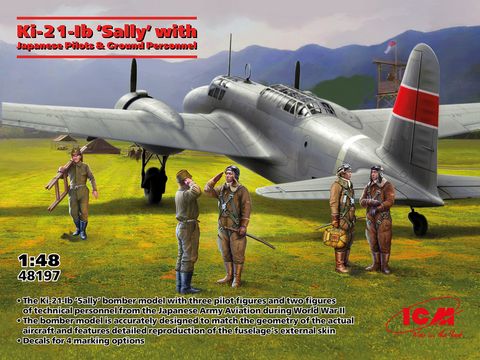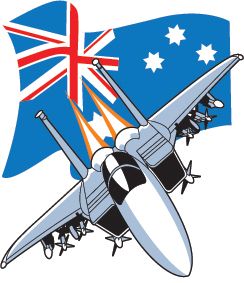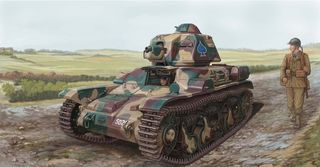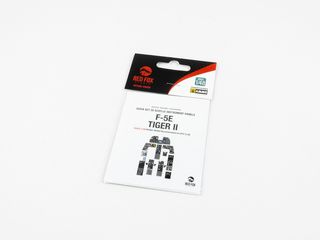
Description
Ki-21-Ib ‘Sally’ with Japanese Pilots and Ground Personnel
The Army Aviation of the Imperial Japanese Army during World War II was tasked with supporting ground unit operations and engaging enemy aircraft. The strike force of the aviation included bombers of various types, among which were the Ki-21, known to the Allies as “Sally.” The first prototype of the aircraft took to the air on December 18, 1936, and during the following year, flight tests of the prototypes took place. Mass production began in the spring of 1938, and it was produced by two factories – Nakajima and Mitsubishi.
Bomber pilots wore flight uniforms designed in the early 1930s when carrying out missions. These could be summer or winter uniforms, with a lighter tropical version also available. Leather boots were worn, with pilots often writing their names on the inner surface. Ground personnel wore simplified versions of the uniform, often practical and comfortable overalls with fabric belts. Footwear could include leather military boots or the distinctive Japanese “Jika-tabi” with a split toe.




